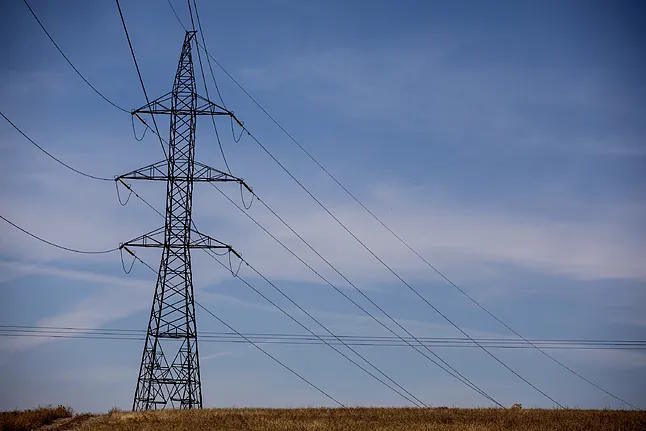Throughout 2024, Spain saw a 0.9% increase in electricity demand compared to 2023, the first time since 2022, the year of the Russian invasion of Ukraine. However, the data is still far from the figures reached before the pandemic. Additionally, the generation park added 7 GW of renewable energy throughout the year.
According to the Spanish Electricity System Report by Red Eléctrica, the demand in 2024 was 248,811 gigawatt-hours (GWh), higher than the 244,665 GWh in 2023. That year saw a decrease compared to the 250,421 GWh in 2023, which, in turn, were also below the 256,482 GWh in 2021. In that case, there was indeed a year-on-year increase, mainly due to the demand collapse in 2020. The year was marked by the pandemic and lockdown, resulting in 249,991 GWh, significantly below the 264,635 GWh in 2019.
In other words, although electricity demand increased by almost 1% compared to 2023, in 2024 it was still around 6% below the pre-health crisis levels. Furthermore, last year's figure is the second lowest in the last five years, also marked by energy tensions. However, as Red Eléctrica contextualizes, demand has doubled compared to 1985.
It is worth noting the impact of the war on energy prices and the timing of the Ukraine invasion. As economies were recovering from the pandemic, gas, oil, and electricity prices -largely due to the increase in gas prices- surged, affecting overall consumption and specifically electricity. From 33.96 euros per megawatt-hour (MWh) in 2020, prices rose to 111.93 euros in 2021 and 167.52 in 2022, according to OMIE data. In recent years, prices have eased -87.1 euros in 2023 and 63.04 euros in 2024, a 27.6% drop- but they are still above pre-pandemic averages and notably higher than during the conflict. However, in early 2025, prices have risen again.
The report also highlights that, after adjusting for labor and temperature influences, there is a positive variation of 1.4% in Spain compared to the previous year and 1.5% considering only the mainland. Household demand -and certain job positions- is closely linked to temperature due to the electricity consumption of cooling and heating systems. Therefore, a 'milder' year leads to an upward correction. "Throughout 2024, winters were slightly less cold and summers less hot than in 2023, resulting in a negative contribution of 0.8 percentage points from temperatures to national demand growth," the report contextualizes.
From a generation perspective, Red Eléctrica celebrates the addition of 7.3 GW of renewable power to the system. Broadly speaking, and disregarding production hour differences, this is equivalent to the current nuclear power capacity of the country. The vast majority, 6 GW, came from solar photovoltaic, which is now the technology with the highest installed capacity in the country.
During the report presentation, Beatriz Corredor, president of Redeia (Red Eléctrica's parent company), celebrated that "Spain achieved its best indicators in 2024 with a double record in both renewable production and its share in the generation mix."
However, the report points out that managing renewable energy "poses a significant challenge," especially in isolated systems like the Canary Islands, which, unlike the Balearic Islands, cannot connect via an underwater cable to the mainland. The archipelago's system heavily relies on polluting plants and outdated facilities, leading to several blackouts. While renewables, being intermittent, can help alleviate issues, they do not provide the necessary redundancy to prevent system failures under stress. Only El Hierro, with the reversible pumping station of Gorona del Viento, can be nearly self-sufficient.
Red Eléctrica also emphasizes the role of the Salto de Chira plant in Gran Canaria, which "stands as the best solution for a safe and efficient integration of renewable energies to replace fossil fuel sources." Storage, the entity highlights, "is a strategic tool to enable energy transformation."
Regarding energy exchange with other countries, Spain continues its role as an exporter -for the third consecutive year- but the trend is shifting. While the balance has leaned towards exports, shipments have decreased (25,808 GWh, 0.4% less than the previous year), and imports have surged (15,631 GWh, 30.5% more than in 2023). The most noticeable change is perhaps in the relationship with France, where the annual net balance has shifted to importing (2,795 GWh) after two years of exporting electricity. This period coincided with various issues in the French nuclear park, which have since been resolved.
